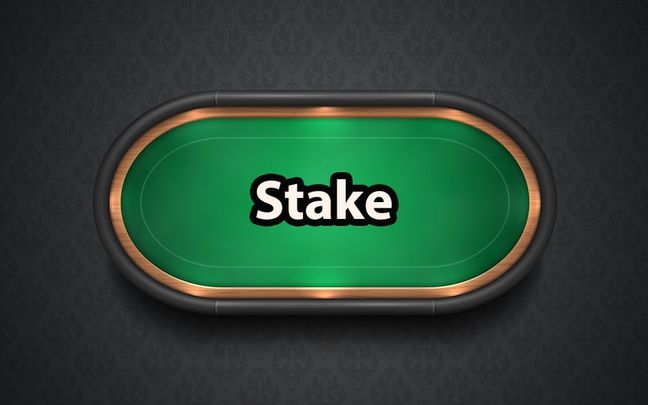Implied Odds is an important concept in poker. Instead of solely focusing on the probability of completing your hand, Implied Odds allows you to anticipate the potential for extracting additional chips from your opponents if you succeed. By understanding and applying Implied Odds, you can make smarter decisions in the game.
This article aims to help you gain a clearer understanding of the concept of Implied Odds, thereby enhancing your poker skills.

Implied Odds is an important concept in poker.
What are Implied Odds in Poker?
Implied Odds is an important concept in poker, particularly in games like Texas Hold'em. It refers to the potential for you to win more chips from your opponents in the future if you complete your hand.
When you are considering whether to call a bet, Implied Odds helps you evaluate not only the current value of the pot but also the potential bets you could receive if you are successful.

You need to have a clear understanding of Implied Odds to optimize your betting decisions.
The Difference Between Odds and Implied Odds
Before diving into the concept of Implied Odds, it is important to distinguish it from the concept of Odds. Odds simply refer to the ratio you need to complete your hand compared to not completing it. To illustrate, suppose you need a specific card to complete your hand, and there are 2 remaining cards in the deck that would help you succeed. In this case, the Odds would be 2:47 because there are a total of 47 cards that you do not need to win. This means you only have 2 favorable cards out of the 49 unseen cards.
In contrast, Implied Odds is a deeper concept that not only considers the current odds but also includes other factors such as how your opponents are betting, the size of the pot, and the likelihood that you could win additional chips in the future if you complete your hand. Implied Odds allows you to calculate not only the probability of completing your hand but also estimate the potential value you could recover from your opponents if you succeed.
To better understand Implied Odds, let’s consider a specific example:
Example: Suppose you are playing a hand and are pursuing a flush. If the current pot is $100 and you need to bet an additional $20 to call, your Odds of completing the flush might be around 4:1 (depending on the number of cards left in the deck). However, if you know that your opponent tends to bet big when they have a strong hand, you might estimate that if you complete the flush, you could potentially win an additional $60 from them in subsequent betting rounds. Thus, the Implied Odds could be as high as 8:1, indicating that calling in this situation is a more profitable decision than relying solely on the basic Odds.
This highlights the importance of assessing Implied Odds during your poker play, as they help you visualize potential opportunities that you might miss if you only rely on Odds.
Having a clear understanding of Implied Odds not only assists you in deciding when to bet or call but also helps you make smarter decisions about investing chips into the pot in various situations.
Moreover, Implied Odds are highly dependent on your opponent’s playing style. If you are playing against an opponent who doesn’t bet aggressively or tends to play tightly, your Implied Odds may be lower. Conversely, if your opponent has a tendency to bet big or has a loose playing style, your Implied Odds will be higher because you can expect to win more chips in future rounds.
Ultimately, understanding the difference between Odds and Implied Odds is key to becoming a skilled poker player, as this knowledge will help you maximize opportunities and minimize risks in this strategic game.

Implied Odds help you recognize the potential value of your hand.
How to Calculate Implied Odds
To calculate Implied Odds, you need to consider the current size of the pot and estimate the amount you can recover from your opponent if you complete your hand. The formula for calculating Implied Odds can be described as follows:
Implied Odds = (Current Pot Value + Expected Bet from Opponent) / Amount You Need to Bet.
For example, suppose the current pot is $100, and you need to bet an additional $20 to stay in the hand. If you estimate that you could recover an additional $60 from your opponent if you complete your hand, the Implied Odds would be (100 + 60) / 20 = 8. This means you have an 8:1 ratio for completing your hand compared to the amount you need to bet.

If you complete your hand, the Implied Odds can increase significantly.
Implied Odds is an essential concept that every poker player needs to understand in order to make smart strategic decisions. It not only involves evaluating your own hand but also requires you to analyze your opponent's play and your potential to recover chips in the future. By integrating Implied Odds into your poker strategy, you can maximize your profits and minimize risks in each hand.





























